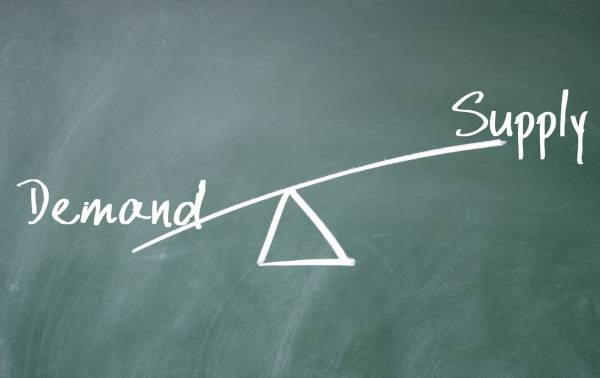ShopTorque
Thoughts, ideas, tips and musings as I work alongside small business owners helping them love their businesses back to life!
The Problem with Overstocks and Understocks
- Font size: Larger Smaller
- Hits: 4098
- Subscribe to this entry
- Bookmark
Profit and healthy cashflow come from having the stock that customers want, where they want it (ie platform or location) and when they want it. The consequences of allowing stock to get out of balaqnce with demand can be likened to a seesaw. You will go broke if you have either of these problems: too much stock or not enough stock.
Inadequate or Lack of Wanted Stock does the following:
- Creates out of stocks
- Frustrates customers
- Loses store credibility
- Loses sales and affects your cashflow
- Is the pathway to bankruptcy
Unwanted or Excessive Stock:
- Ties up money
- Increases costs and debt
- Turns off customers
- Takes up space
- Loses sales/cashflow
- Is the pathway to bankruptcy
Here is a great article from Ragtrader on how to clear excess stock.
Compare either or both of these to what happens when you have Balanced Stock.
Balanced Stock:
- Ensures wanted stock is available
- Gives customer sataisfaction
- Builds customer loyalty
- Ensures fresh stock is always replacing sold stock
- Maintains cash flow enabling you to reinvest in stock and your business
Stock balance depends to a considerable extent on buying competence in terms of sourcing, selecting, determining quantities, promoting and pricing. Stock balance also reflects competence and commitment at store level where attitudes, actions and selling effectiveness can make or break buying decisions.
Measuring Stock Productivity
One of the most important measures of stock management effectiveness is the concept of Stockturn. Stockturn refers to the number of times that, on aveage, stock is sold and replaced within a specified period of time. As such stockturn measures the length of time that a retailer is holding stock or how quickly tht stock is being moved, ie turned into $$.
Measuring stockturn allows slow selling lines to be readily identified. The value of doing this is, of course, to pick out and act on those slow selling lines that are reducing cashflow and can quickly undermine the prosperity of the business. Fast selling lines may be suffering from out of stocks because of insufficient stock to support them. Sales lost in this way are equally damaging to a retail business.
There's no better time to start getting your stock under control. Why wait? Start today - category by category...
